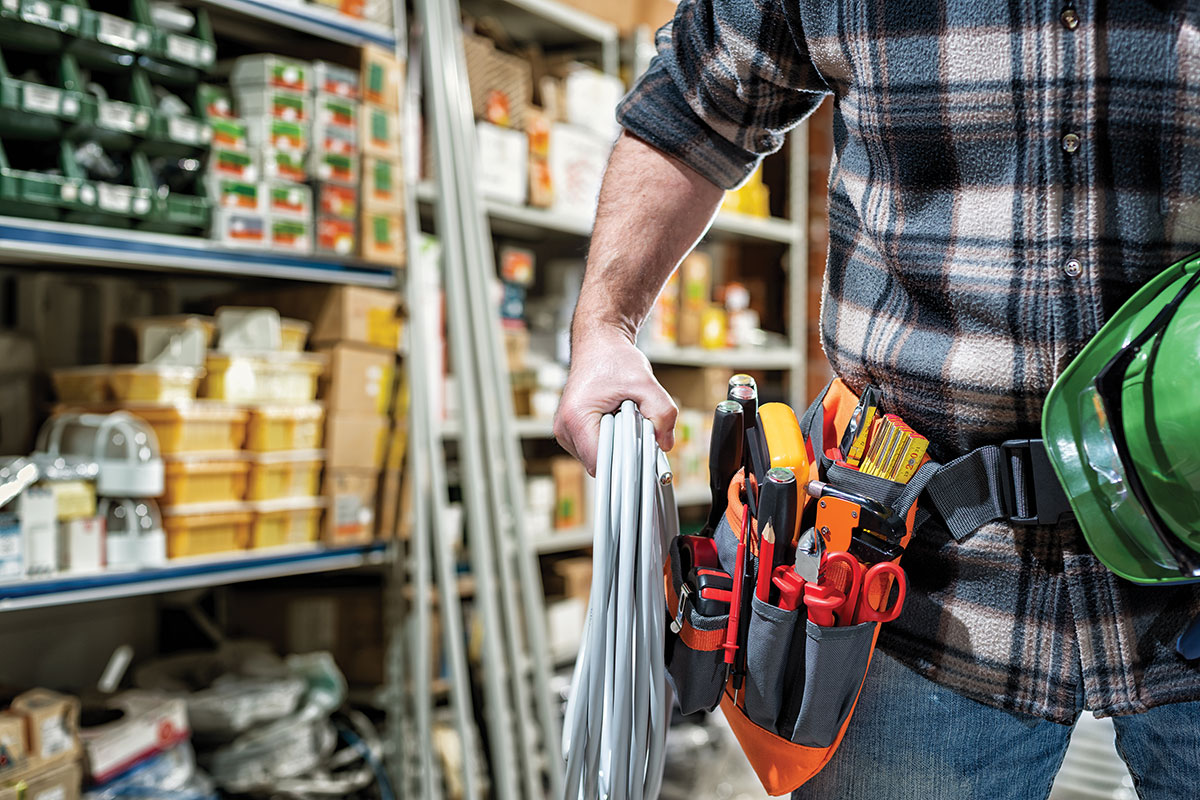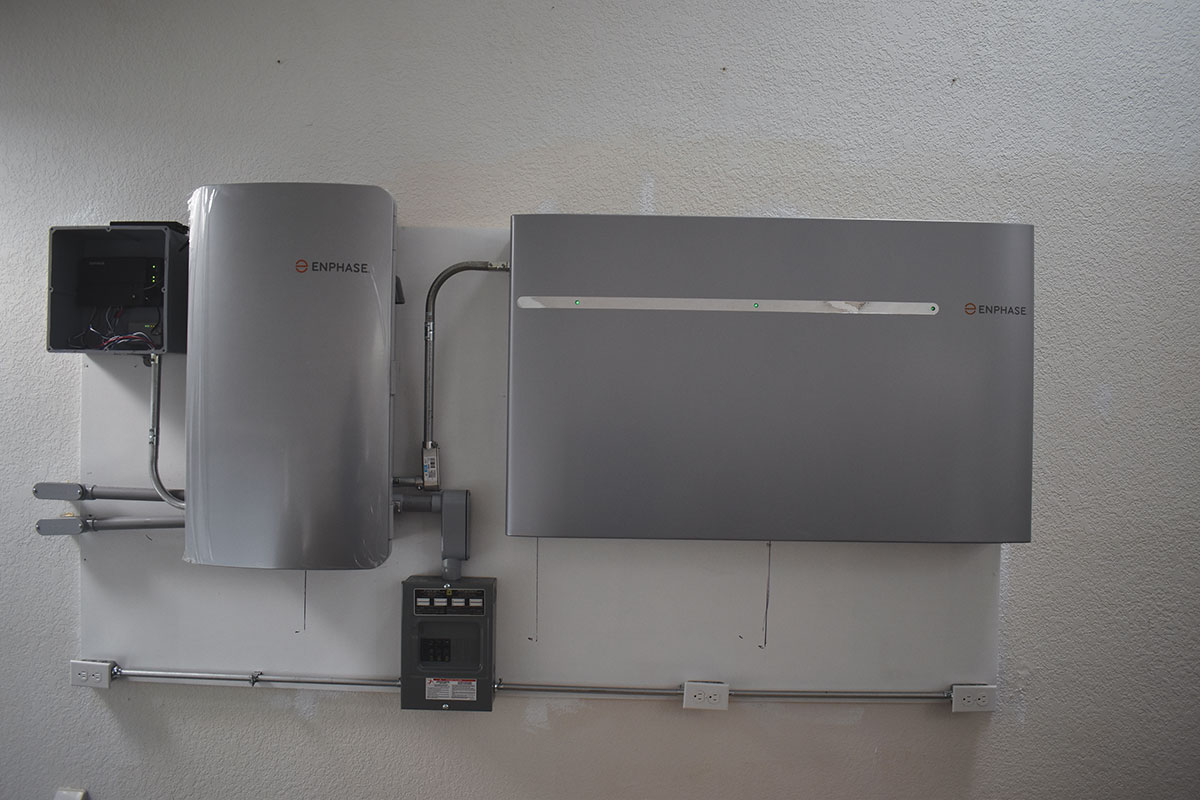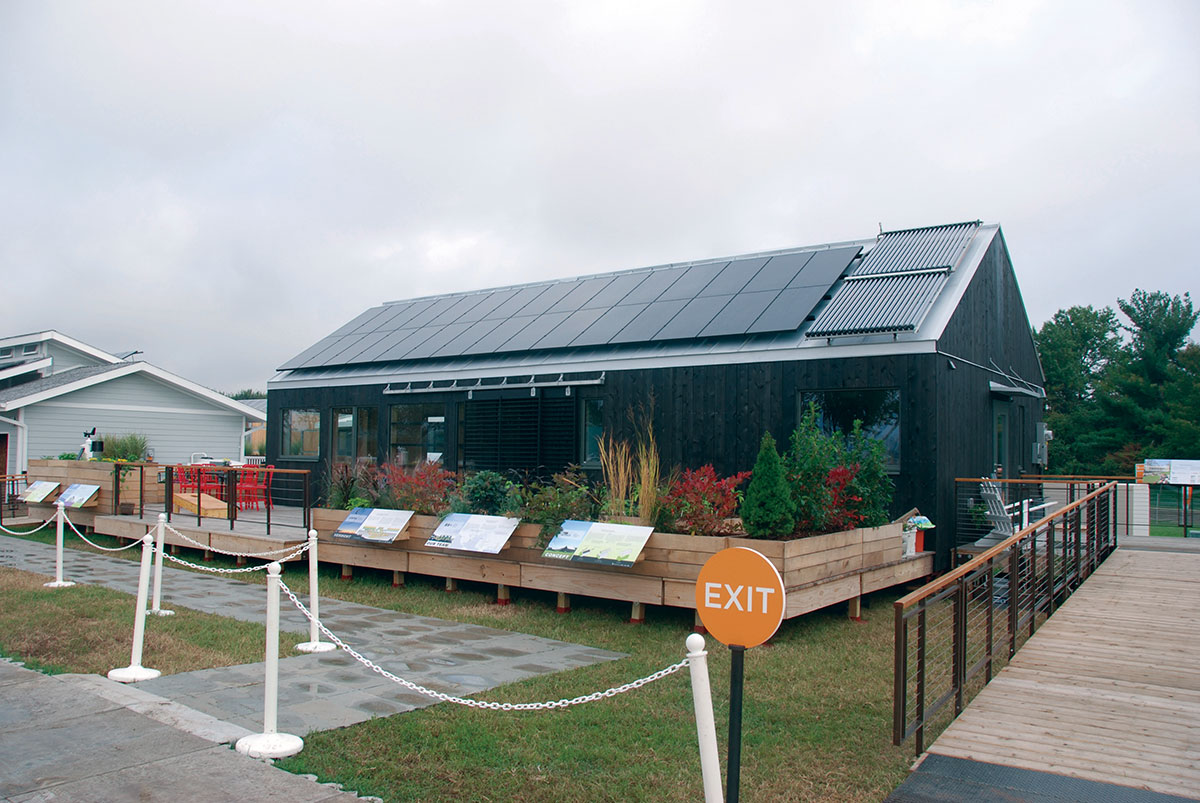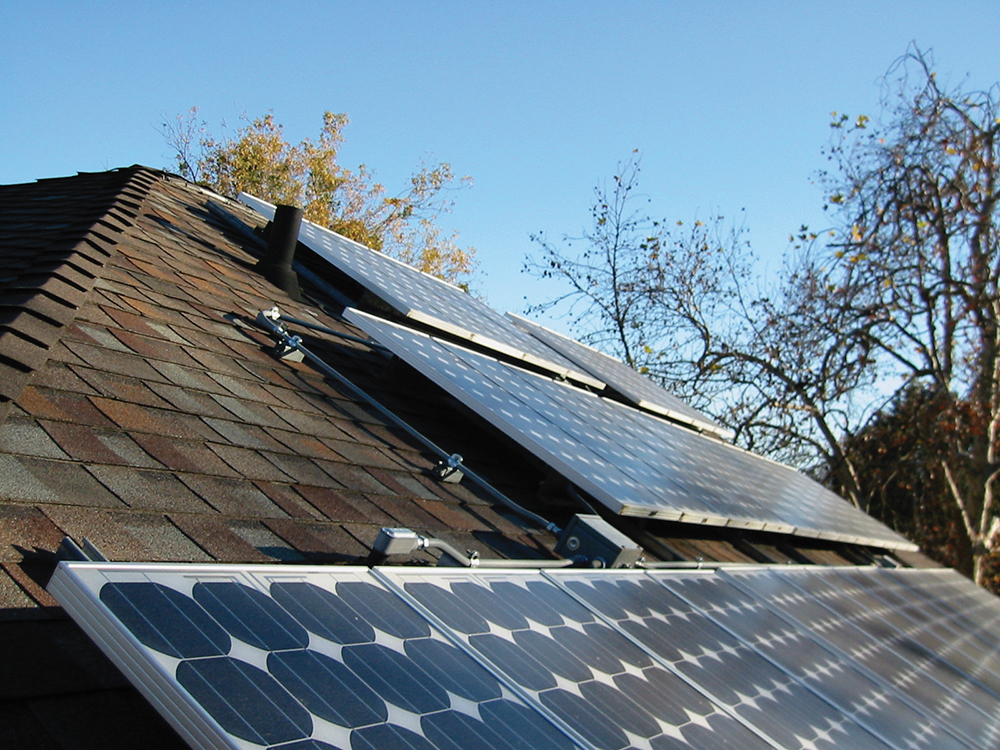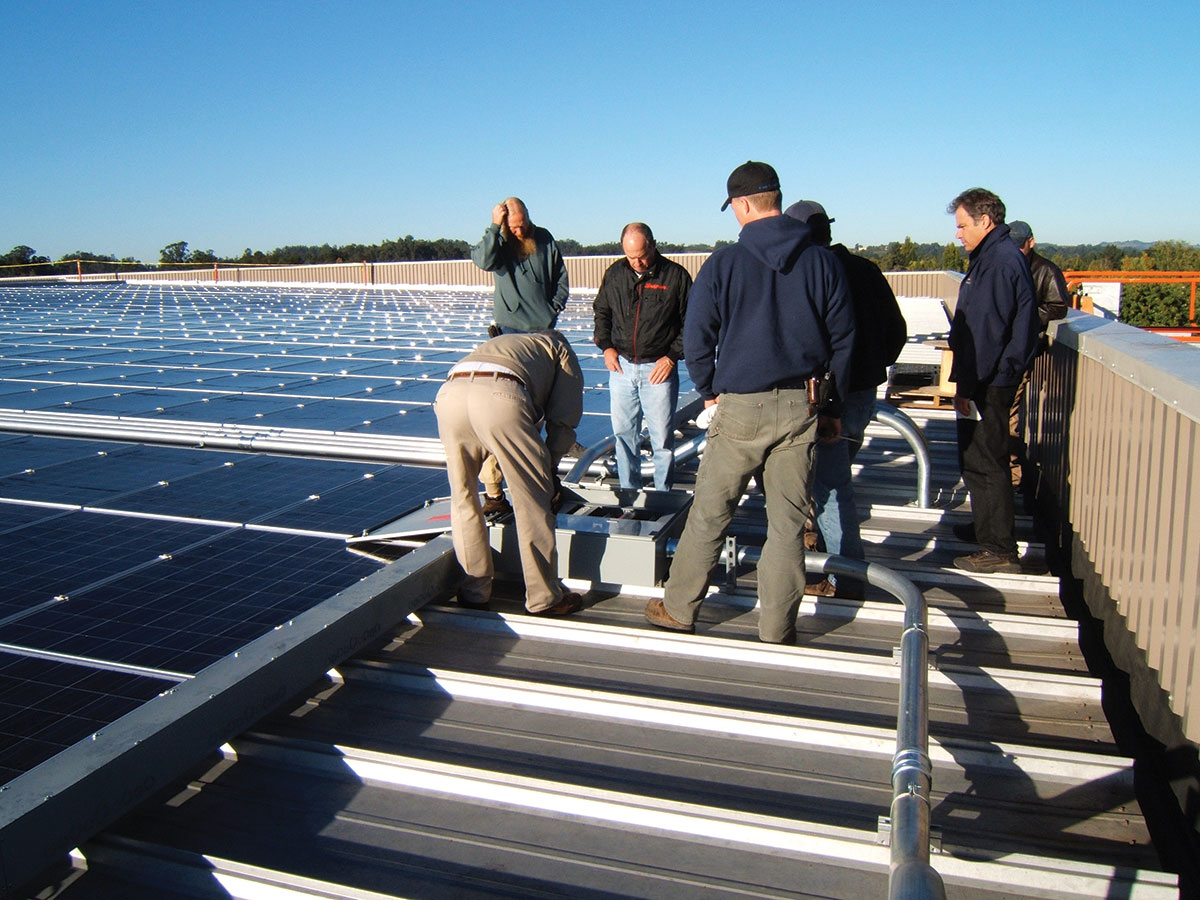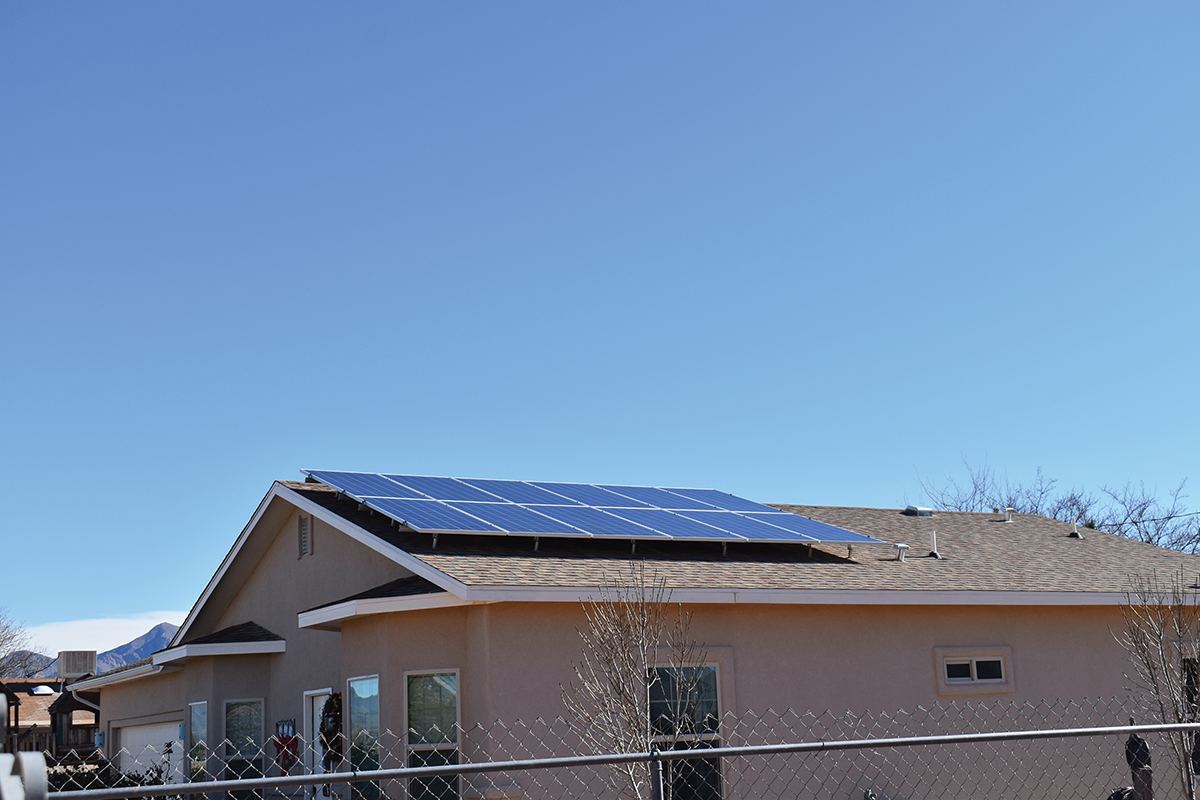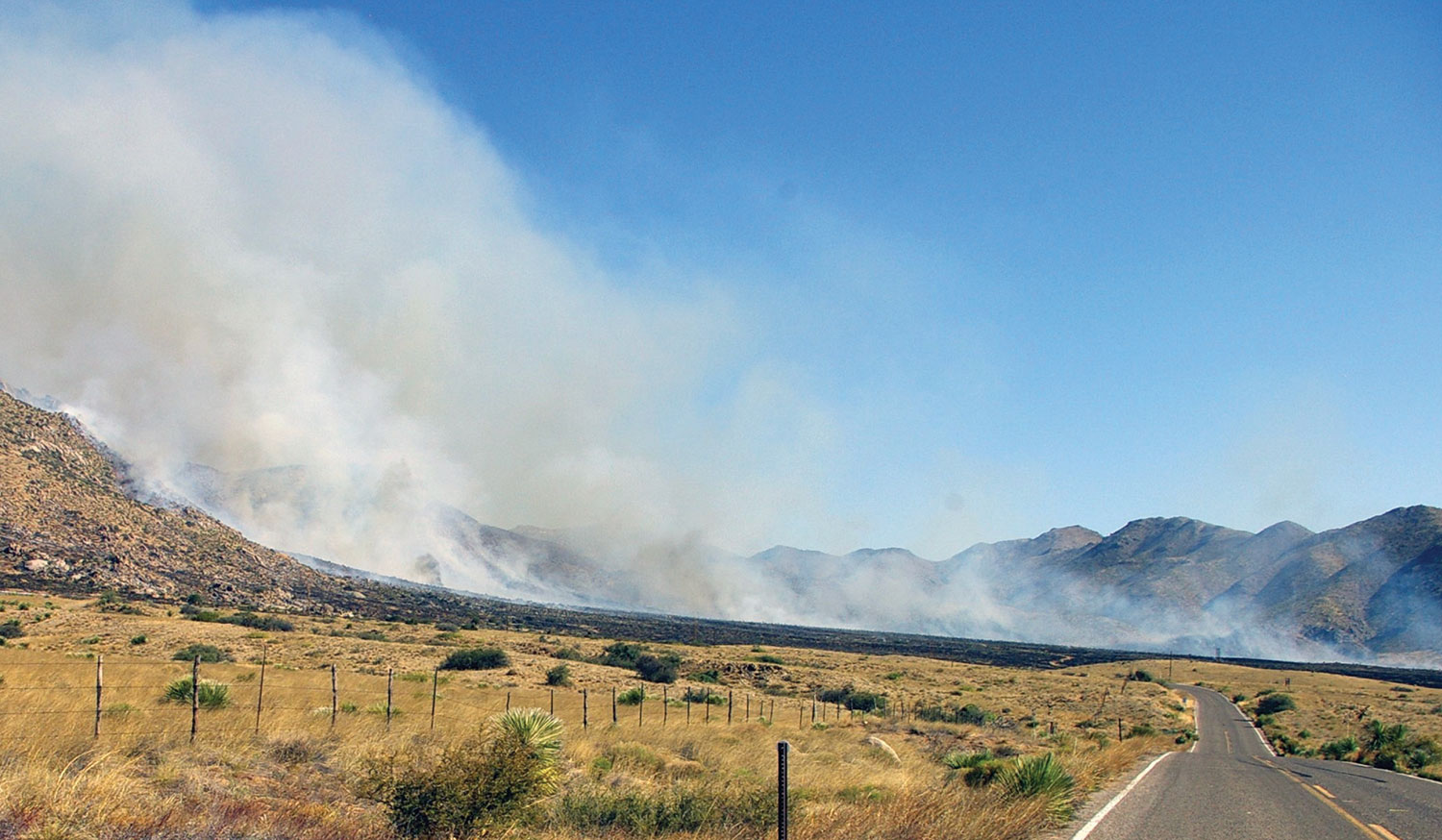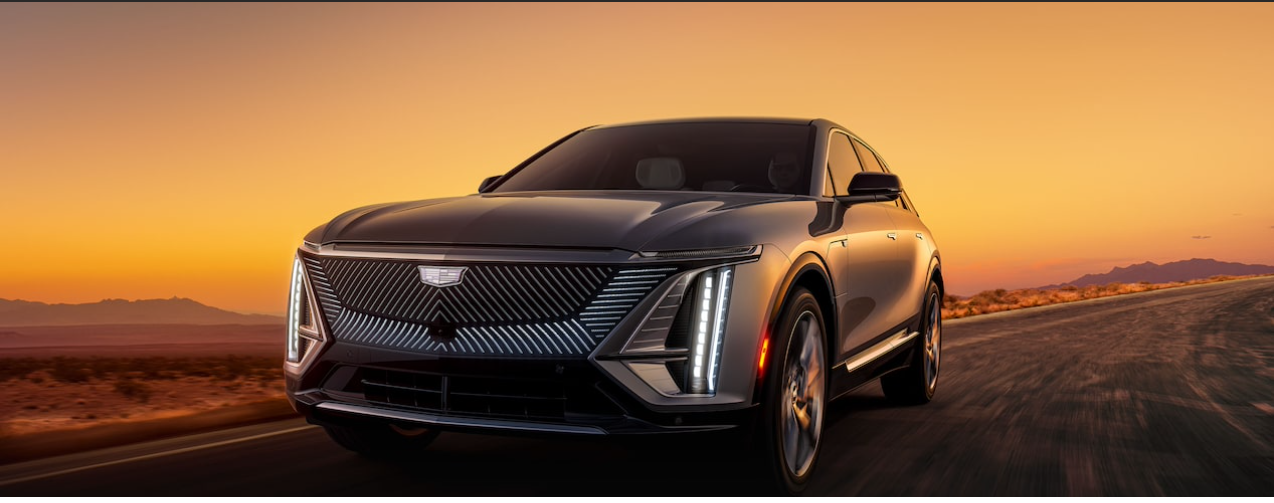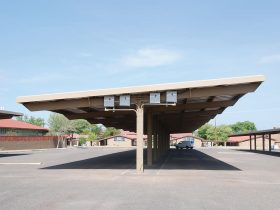Where the structure remains intact, and the PV system has been designed and installed to resist severe weather events, the PV system should withstand the elements.
Let's cover some of the basics that the AHJ should be aware of and possibly inspect before giving a permit for energizing the system and connecting it to the utility.
Connecting a utility-interactive PV power system can be accomplished on either the supply side or the load side of the facility’s main service disconnect.
Let's look at some of the mechanical and structural details to ensure PV systems installed on buildings remain steady during severe weather outbreaks.
The process of permitting, plan reviewing, and inspecting PV systems is the key to safe systems and to enhance durability and longevity of these systems.
Let’s examine the changes in the 2023 NEC that directly affect photovoltaic (PV) systems.
A PV system connected to the supply side of a main breaker will allow larger PV systems to be installed. Let’s explore these connections in depth.
With more frequent utility outages due to various environmental events, batteries are even more important in today’s PV systems.
COVID and its related supply-chain issues are having various impacts on the installation and inspection of alternative-energy systems, including PV.
There are no one-size-fits-all solutions to the ground fault-protected main circuit breaker issue. Diligent attention to the requirements in the NEC and the equipment in the existing installation is required.

